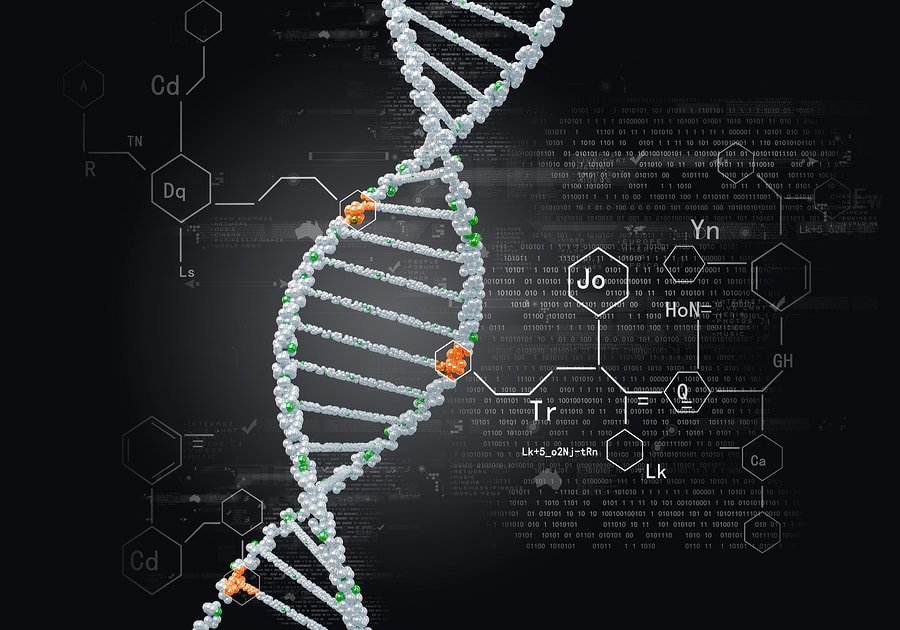
CYP2B6 is a detox enzyme that processes drugs such as efavirenz, bupropion, cyclophosphamide, and thiotepa. Variants in the CYP2B6 gene explain why these drugs can have different effects on different people. Read on to find out more about this enzyme, gene variants, and factors that increase or decrease its activity.
What is CYP2B6?
CYP2B6 is one of the cytochrome P450 monooxygenases (CYPs). These are enzymes that eliminate most of the drugs and toxins from the human body [1].
CYP2B6 Function
This enzyme metabolizes:
- Nicotine. A small part of nicotine’s metabolism (about 10%) occurs via CYP2B6 [2].
- Drugs such as ketamine [3], efavirenz [4], bupropion, cyclophosphamide [5, 6], thiotepa [7], methadone [8], and MDMA (ecstasy) [9].
CYP2B6 Gene Polymorphism
With over 100 described SNPs, CYP2B6 is one of the most variable CYP genes in humans [10].
rs3745274
rs3745274 (T) is the most common and clinically significant variant. The T allele results in markedly reduced enzyme activity compared to the G allele [5].
This SNP is significant because it occurs commonly (particularly in Africans, Asians, and Hispanics) and influences important drugs that are processed by CYP2B6 (e.g. efavirenz, bupropion, cyclophosphamide) [5].
The T variant is associated with slower metabolism of bupropion (it stays active longer) [2]. In adult smokers, T was associated with higher abstinence rates (423 subjects) [11].
The T allele was more frequent in nicotine-dependent individuals than in healthy controls (421 subjects) [2].
People with the T variant tend to have a lower clearance of ketamine. This results in higher drug levels that may be associated with more frequent ketamine adverse effects (49 chronic pain patients) [3].
The T variant is associated with a slower metabolism of efavirenz [12]. This means people with this variant will have increased efavirenz exposure and adverse effects associated with the nervous system (821 subjects) [4].
Similarly, this variant affects nevirapine metabolism. Children with the TT genotype (two copies of the T allele) had improved immunological response to this drug (126 subjects) [13].
On the other hand, CYP2B6 converts cyclophosphamide to its active form. Patients carrying at least one T are significantly less likely to achieve a complete response after chemotherapy with fludarabine plus cyclophosphamide (455 subjects) [6].
People with G in this position have a higher clearance and a lower level of (S)-methadone (366 subjects) [8].
rs28399499
People with the rare C allele at rs28399499 tend to have lower enzyme activity. C variant was associated with increased efavirenz and nevirapine levels (821 and 371 subjects respectively) [4, 14].
rs2279345
People with the T allele at rs2279345 had a higher rate of clearance (and therefore a lower level) of (S)-methadone (366 patients) [8].
rs2279343
RS2279343 G is associated with higher enzyme activity (64 subjects) [5].
Smokers with A/A had a higher smoking cessation success rate on bupropion therapy (478 subjects) [15].
A/G women with liver-metastatic breast cancer had a 47% reduced risk of death and a 6-month-longer overall survival on docetaxel and thiotepa therapy (153 patients) [16].
rs8192719
Both the C/T and T/T genotypes at rs8192719 were associated with prolonged survival in breast cancer patients with liver metastasis on docetaxel and thiotepa therapy (153 patients) [16].
Increasing or Decreasing CYP2B6
Mainly in cell and animal studies, researchers have observed various substances that increase or decrease the activity of CYP2B6. For informative purposes, we have compiled some of these substances below. Talk to your doctor before taking any new supplements.
Natural Substances that Increased CYP2B6 Activity
Natural Substances that Decreased CYP2B6 Activity
- Berberine [18], found in various plants
- Allyl isothiocyanate [19], found in mustard, radish, horseradish, and wasabi
- Citral and geraniol [20], found in the essences of flowers, plants oils, and herbal medicines
- Clopidogrel [21]


